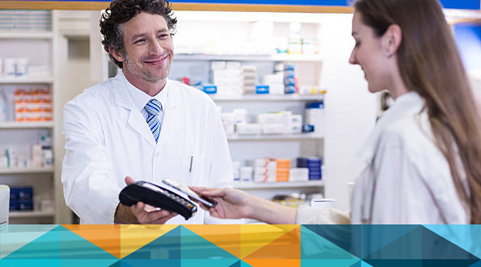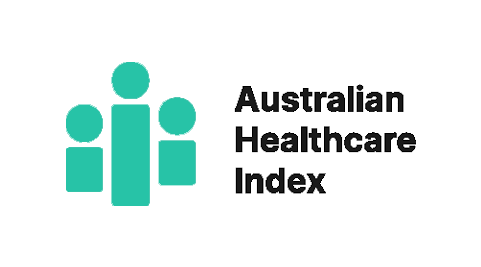The success of the Seventh Community Pharmacy Agreement has contributed to a record high score in confidence in the pharmacy sector.
The latest University of Technology Sydney (UTS) Pharmacy Barometer shows this has contributed to a continuing rise in confidence.
The latest barometer, taken in October last year. Registered a confidence score of 139.5 out of 200 - up from the previous record level of 126.8 in 2020.
Launching the 2021 Pharmacy Barometer, former Head of the UTS Graduate School of Health, Emeritus Professor Shalom ‘Charlie’ Benrimoj, said the financial success of the Seventh Community Pharmacy Agreement (7CPA) and the role the profession has played throughout the COVID-19 pandemic contributed to the high score.
“If you look at 2016, we were below 80, so [there’s been] a massive increase over time, so the sector’s obviously doing something and is working well,” he said.
“The [Pharmacy Barometer] Panel as a whole believe this increase is due to two factors.
“One is the financial stimuli because of the 7CPA - we have a feeling that most people believe the 7CPA, at least financially has been an excellent agreement by the Pharmacy Guild.
“And secondly the issue of COVID ... although really negative for the population as a whole... because of [pharmacy’s] response and because of the need for pharmacy to get more involved, has really stimulated the profession.”
While the Barometer hit an all-time high, Professor Benrimoj noted that there was “a significant difference in the confidence of community pharmacy between employed pharmacists and owners”.
“There needs to be some action to try and reduce that gap,” he said.
“Because, if that gap remains, we’re probably going to lose these people as employees of community pharmacy.”
Other findings from the report include:
- Optimism is much higher among owners, 41.2 per cent of whom displayed the greatest level of optimism, compared to 26.7 per cent of pharmacist managers and 25 per cent of employed pharmacists.
- 57 per cent are confident of medium-term economic growth of their business
- 50 per cent of decision-making pharmacists project short-term financial growth, with increased service provision and COVID-19 stimulus listed as the main driving factors
- There is a slow upwards shift in average hourly remuneration, with a greater proportion of pharmacists earning $40-50 per hour (43 per cent), and $50-60 per hour (9 per cent) compared with the previous year (up from 40 per cent and 3 per cent respectively)
- One in five pharmacists said they were collaborating with other healthcare providers
- 13 per cent reported a significant increase in mental health conversations with patients, while 55 per cent noted a moderate increase in these presentations
- Pharmacists’ confidence in biosimilar substitution has remained relatively constant. Over the month before the survey, 64 per cent of scripts were for the reference medicine compared to 36 per cent for the biosimilar medicine.

